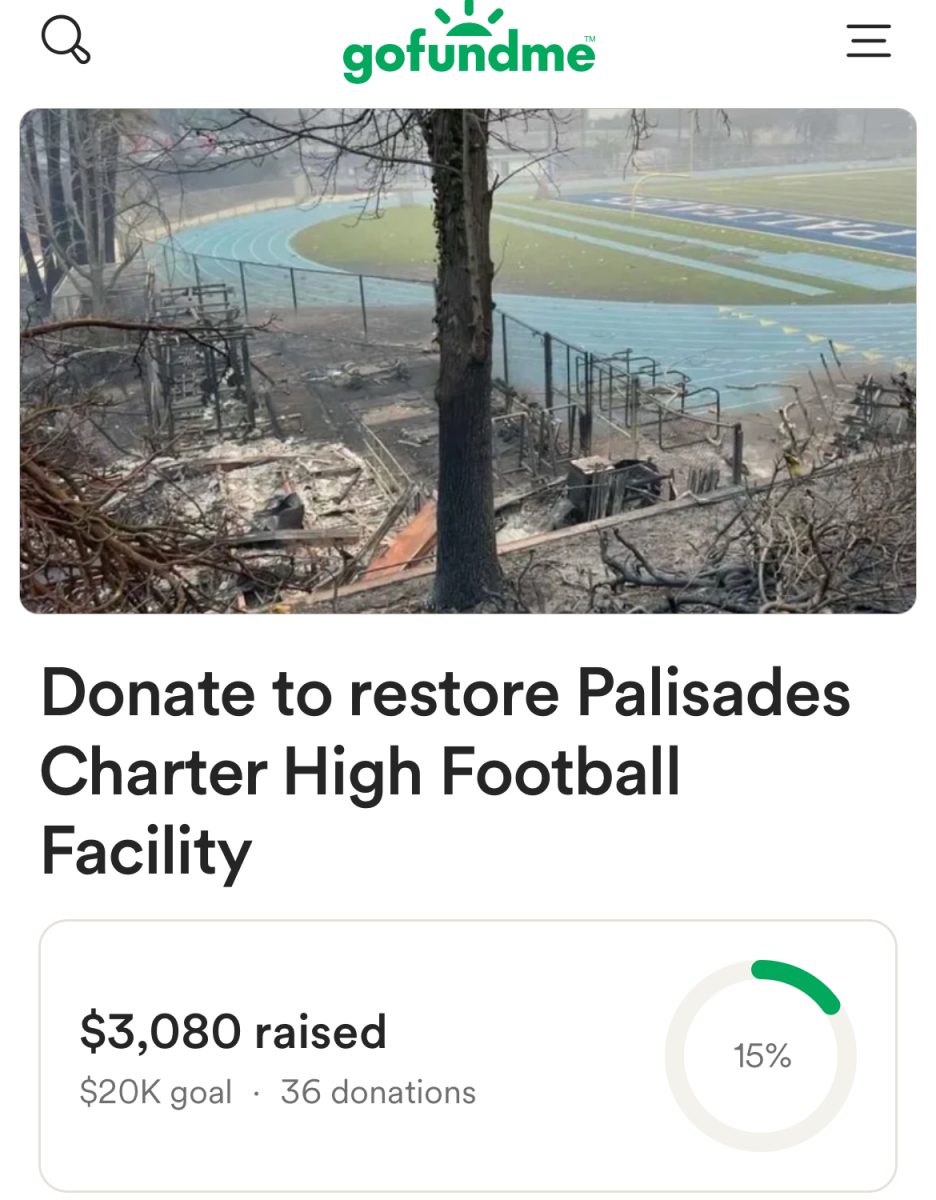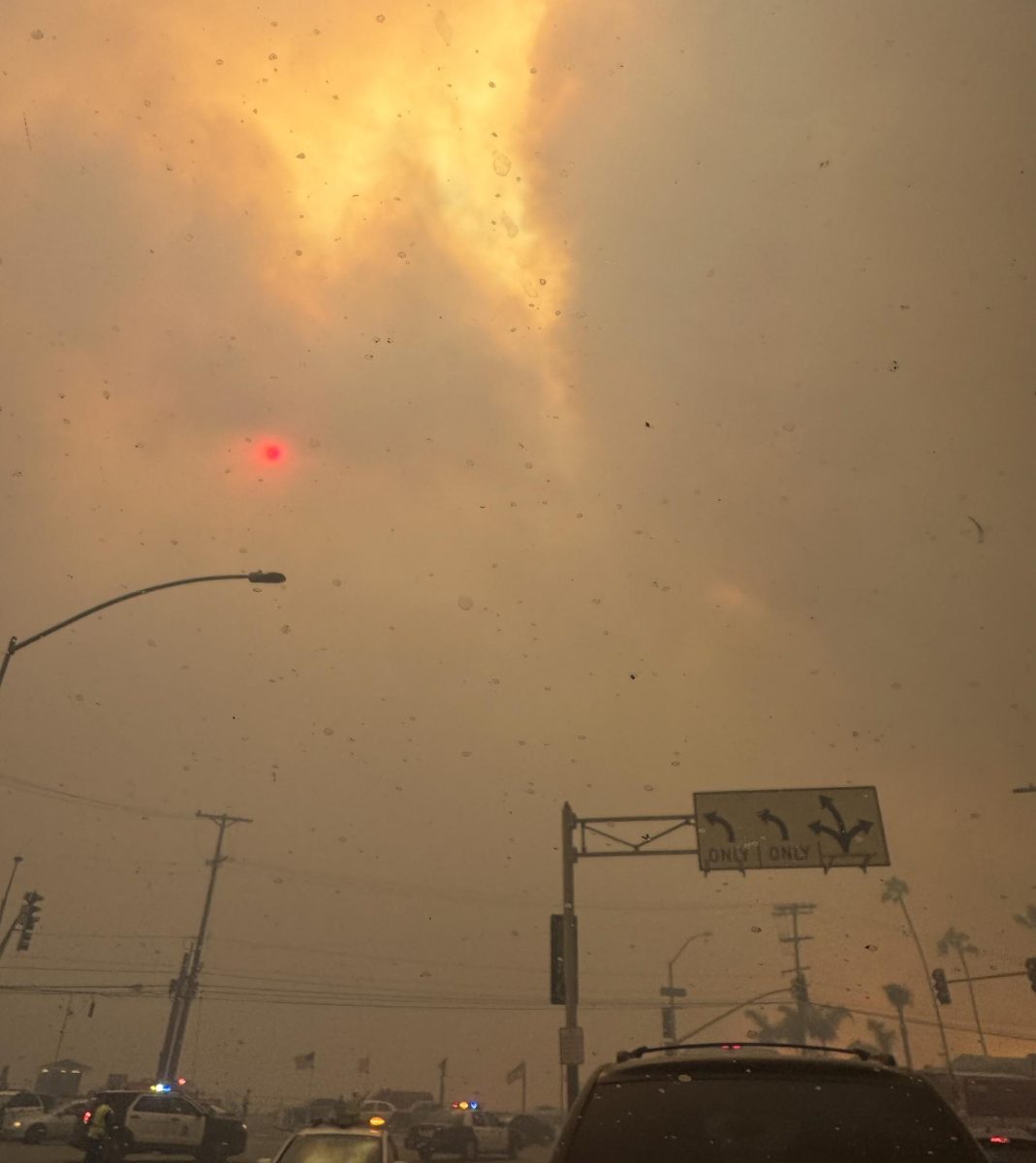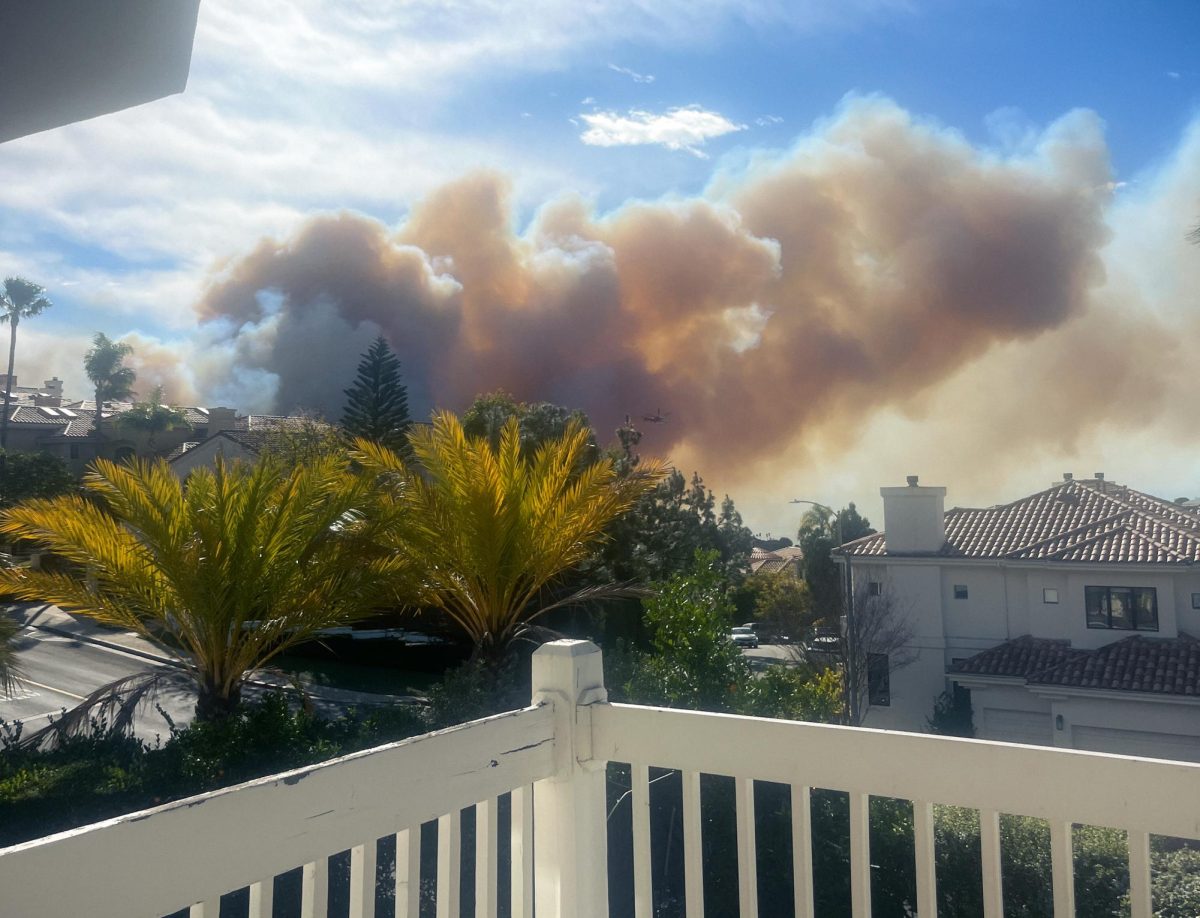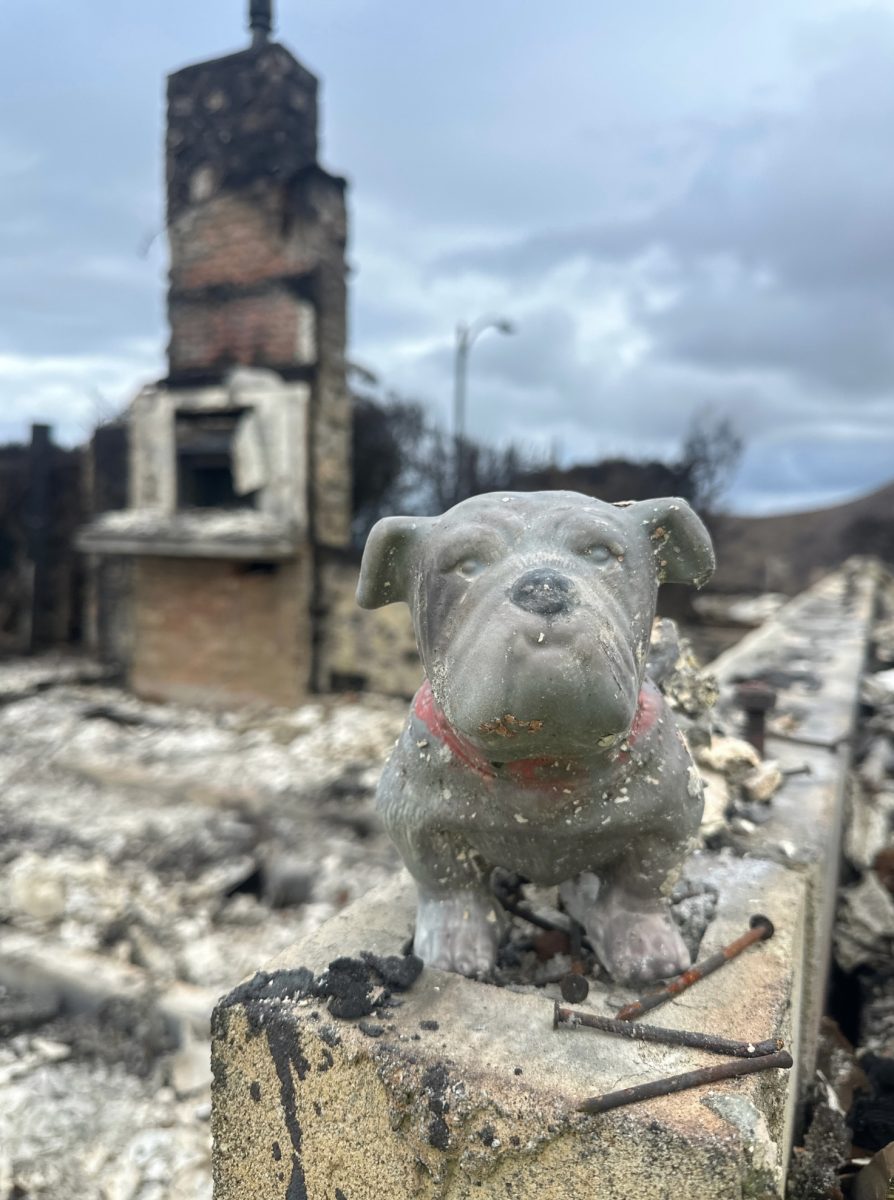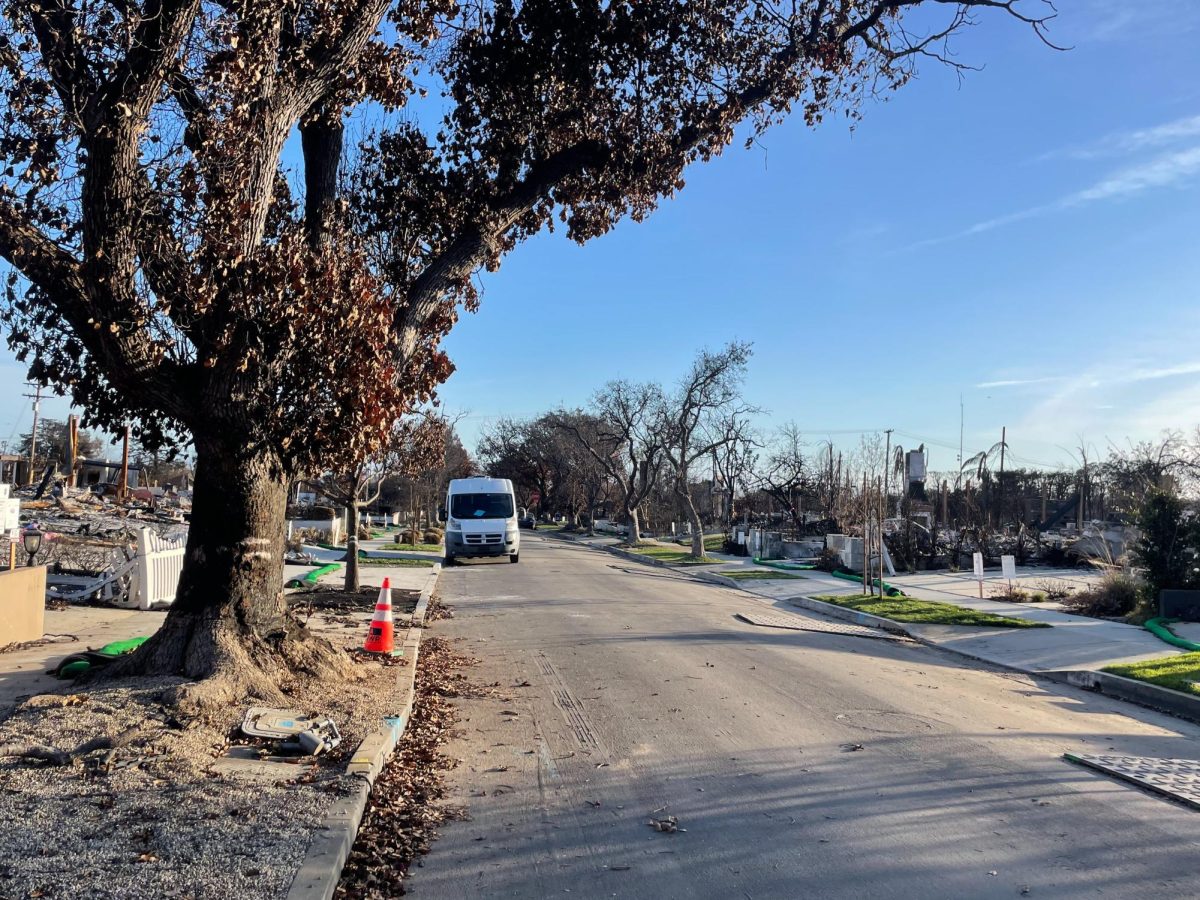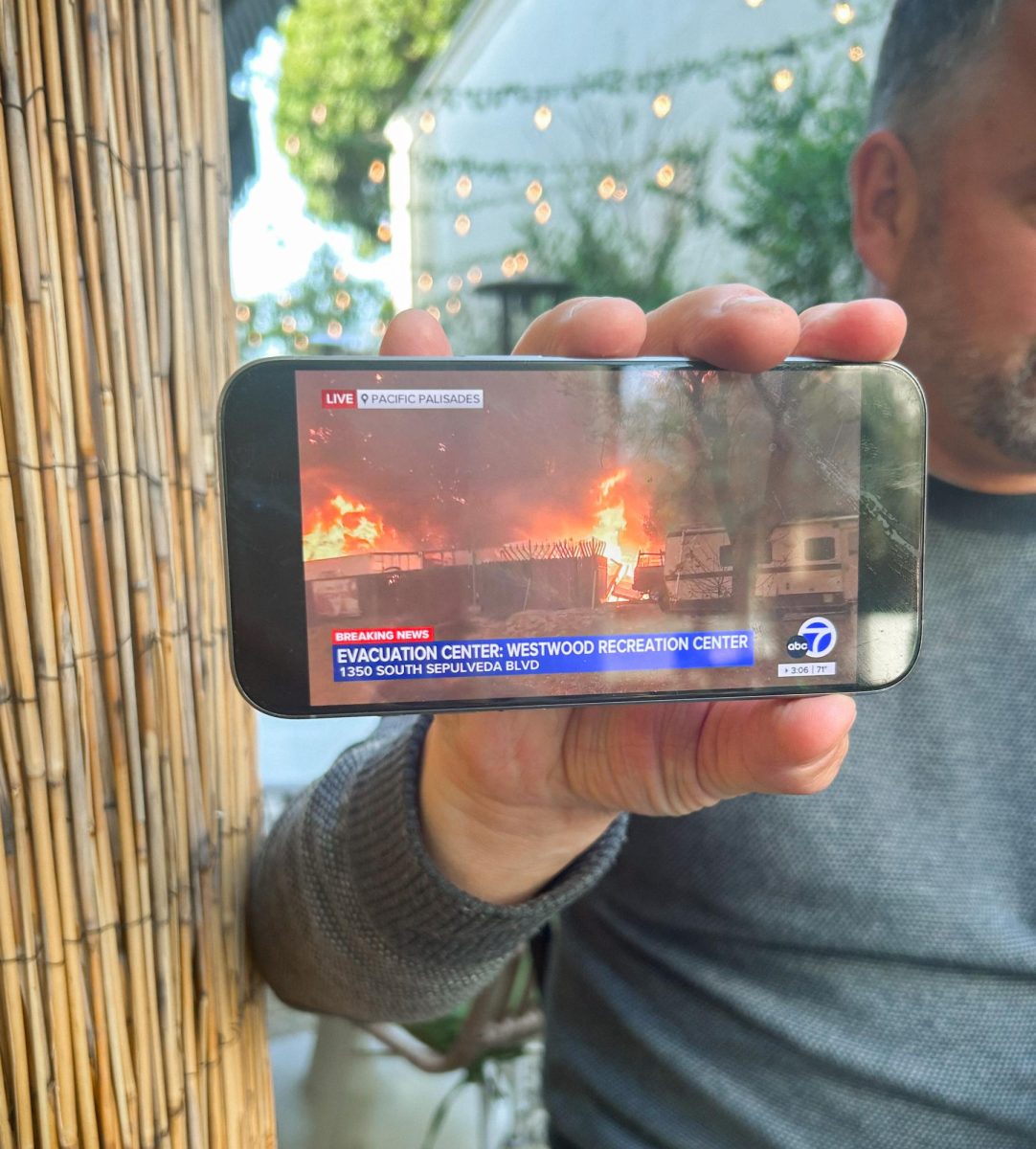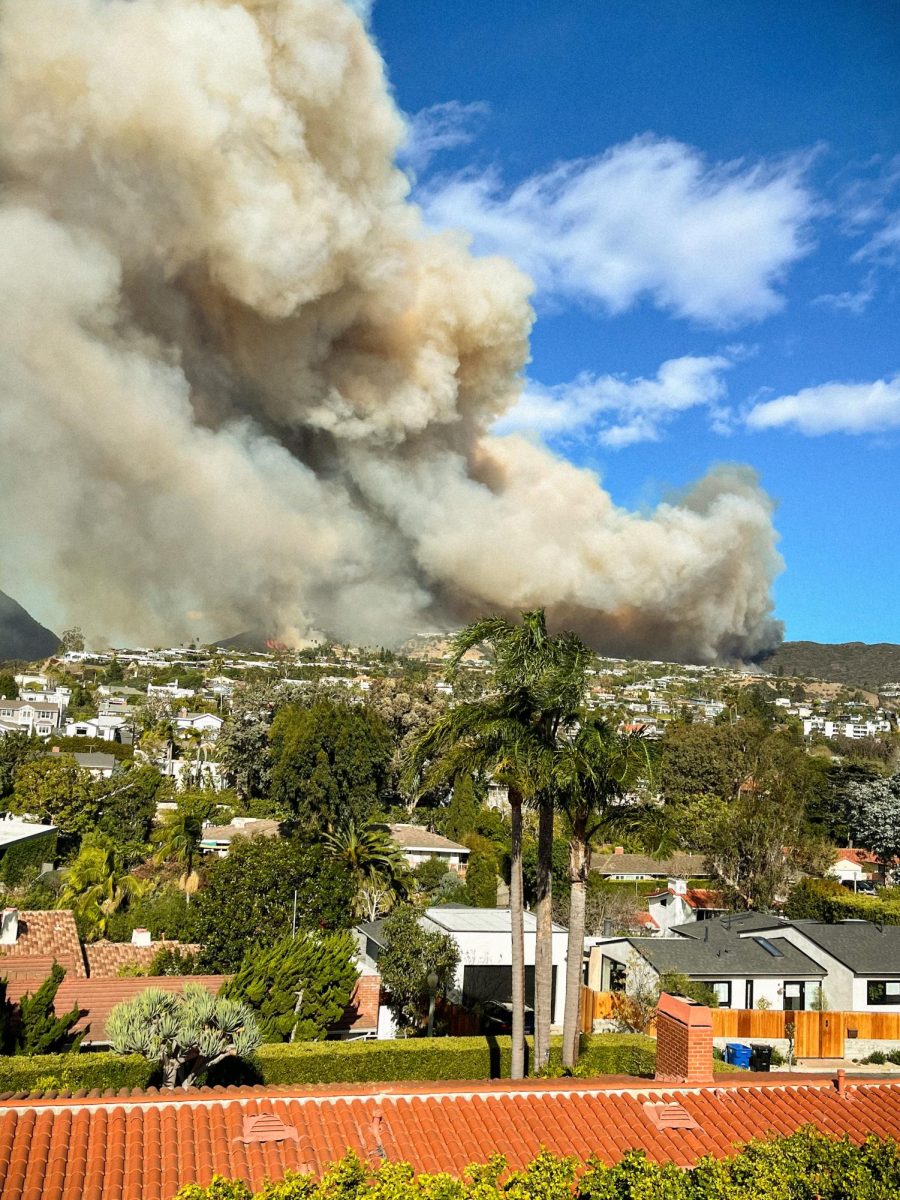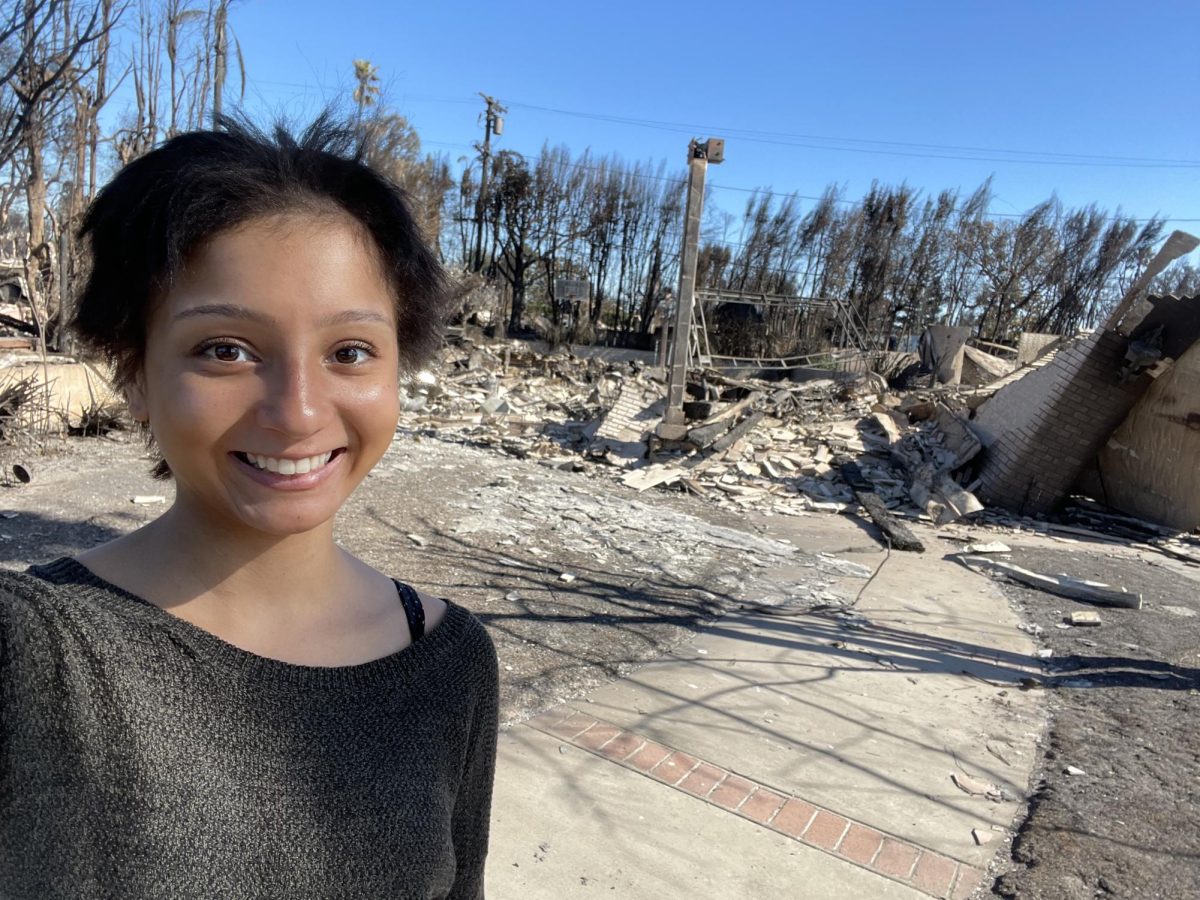How COVID-19 Has Changed the Way Teachers Work
May 17, 2020
The COVID-19 virus began making an appearance in Washington and California during late January and February, and by mid-March, it caused a nationwide transition to eLearning, which hit home at Pali. Faced with the challenge of redesigning their curriculum for the last few months of the school year to fit the constrictions presented by online learning, Pali teachers find themselves juggling many responsibilities at home and school alike.
“The greatest reward in teaching is the relationship built between teacher and student. Many of the strategies employed by teachers to build the bonds have to be reevaluated since we are now using distance learning,” math department chair Larry Wiener said.
While the main problems for some teachers amidst this transition are centered on the question of how to present information to students in an engaging manner, for others, the lack of ever-demanding computer experience limits their ability to instruct their students.
Spanish teacher Ruth Mills commented, “Anyone who knows me is aware that technology and I are not the best of friends, so the learning curve during the switch to eLearning has been steep for me.” She has noticed that because her students have more writing activities, they are paying closer attention to common errors in their work, which is a benefit of this switch. However, she also views her inability to instruct her class all at once as a detriment.
Many electives that fall under the performing arts department, such as classes related to theater, dance and other types of art, have had to be reimagined due to the challenges with conducting the vast majority of them virtually, with their normal on-campus curriculum.
Nancy Fracchiolla, a visual and performing arts teacher, explained that these new circumstances have “definitely been challenging.” However, fundamental changes in her curriculum have created opportunities for Fracchiolla to have her friends from the entertainment industry join her class zoom calls to talk with her students.
Like the performing arts department, Physical Education has had its own challenges. Designed to get students out of their classrooms and get their heart rates up, P.E. has proven hard to replicate online, however, most students have been able to manage the transition, according to P.E. teacher Gabriela Leong.
“For online P.E., their assignment is to turn in proof of them exercising for 30 minutes. They turn in pictures, videos or screenshots to show me what exercise they did,” Leong explained. “I have seen many creative workouts from dancing to kayaking to jumping on the trampoline.”
Like most Pali families, many teachers are changing their day-to-day at-home lifestyles to accommodate health and safety concerns being implemented by state and local governments.
“Our family is trying to figure out how to have a Passover Seder using Zoom,” Mills explained. “My husband and I are over 65, so except for two trips to the seniors-only hour at our local market, we have not been out in public…Of course, one of the first places I want to go when it’s safe is the Happiest Place on Earth!”
Wiener said that he began to quarantine once Pali transitioned to eLearning, adding that he misses seeing everybody. “My wife and children are very protective of me since I am in a high-risk group,” he said. “My wife and I have not been able to hold our two grandchildren and visit with our two daughters and sons-in-law.” Wiener’s son has also come home from college because it is also now online. With regards to other family members, Wiener said they have “been fortunate to be less affected than others, but have had jobs lost or cut.”
Mills is retiring at the end of this semester after having graduated from Pali herself and then continuing by teaching at Pali for around 30 years. She took time off when her children were born, and they also attended Pali.
“The new circumstances have made this semester challenging and surreal,” Mills said. “For me, though, there is real sadness involved, because I never thought I wouldn’t even see my students for the last three months of the year. I have to figure out how to get them to sign my last Pali yearbook, as every student I’ve ever taught has done over the years…Also, I’m sad that I won’t be able to attend the last graduation ceremony of my career, have a retirement party, or see my colleagues regularly again on campus.”
Wiener concluded: “I would like to tell all my colleagues how much I respect and admire them. I would like to express my gratitude and appreciation to the administration for their guidance, leadership and support. I would like to convey to all the students at Pali that I am proud of them. To all, I say: We will endure. Be safe and stay well.”



